resnetv1骨干
# 普通的卷积残差块
def apply_basic_block(
x, filters, kernel_size=3, stride=1, conv_shortcut=True, name=None
):
# 预设块名称前缀
if name is None:
name = f"v1_basic_block_{keras.backend.get_uid('v1_basic_block_')}"
# 设置残差连接前段
# 如果conv_shortcut为True,用点卷积切换通道,之后批次标准化,这时一般要下采样
if conv_shortcut:
shortcut = keras.layers.Conv2D(
filters,
1,
strides=stride,
use_bias=False,
name=name + "_0_conv",
)(x)
shortcut = keras.layers.BatchNormalization(
axis=BN_AXIS, epsilon=BN_EPSILON, name=name + "_0_bn"
)(shortcut)
else: # 否则不变
shortcut = x
# 普通卷积,strides=2时,下采样
x = keras.layers.Conv2D(
filters,
kernel_size,
padding="SAME",
strides=stride,
use_bias=False,
name=name + "_1_conv",
)(x)
# 批次激活块
x = keras.layers.BatchNormalization(
axis=BN_AXIS, epsilon=BN_EPSILON, name=name + "_1_bn"
)(x)
x = keras.layers.Activation("relu", name=name + "_1_relu")(x)
# 第二个普通卷积,步长为1
x = keras.layers.Conv2D(
filters,
kernel_size,
padding="SAME",
use_bias=False,
name=name + "_2_conv",
)(x)
x = keras.layers.BatchNormalization( # 批次标准化
axis=BN_AXIS, epsilon=BN_EPSILON, name=name + "_2_bn"
)(x)
# 注意:残差连接前的两个残差块,都只是批次标准化处理,并没用激活函数
# 这是因为激活函数会破坏残差的线性,因为卷积是线性的
x = keras.layers.Add(name=name + "_add")([shortcut, x])
# 之后经过激活函数处理
x = keras.layers.Activation("relu", name=name + "_out")(x)
return x
# 特殊的卷积提取块(宽--窄--宽)
def apply_block(
x, filters, kernel_size=3, stride=1, conv_shortcut=True, name=None
):
# 预设块前缀 v1_block_1
if name is None:
name = f"v1_block_{keras.backend.get_uid('v1_block')}"
# 如果设置了conv_shortcut=True,用点卷积切换通道(4c),之后批次标准化,这时一般要下采样
# 这是设置残差前段
if conv_shortcut:
shortcut = keras.layers.Conv2D(
4 * filters,
1,
strides=stride,
use_bias=False,
name=name + "_0_conv",
)(x)
shortcut = keras.layers.BatchNormalization(
axis=BN_AXIS, epsilon=BN_EPSILON, name=name + "_0_bn"
)(shortcut)
else: # 否则,残差前段=x(传入数据)
shortcut = x
# 点卷积切换通道,strides=2时,下采样
x = keras.layers.Conv2D(
filters, 1, strides=stride, use_bias=False, name=name + "_1_conv"
)(x)
# 批次激活块
x = keras.layers.BatchNormalization(
axis=BN_AXIS, epsilon=BN_EPSILON, name=name + "_1_bn"
)(x)
x = keras.layers.Activation("relu", name=name + "_1_relu")(x)
# 普通卷积,步长采用默认1
x = keras.layers.Conv2D(
filters,
kernel_size,
padding="SAME",
use_bias=False,
name=name + "_2_conv",
)(x)
# 批次激活块
x = keras.layers.BatchNormalization(
axis=BN_AXIS, epsilon=BN_EPSILON, name=name + "_2_bn"
)(x)
x = keras.layers.Activation("relu", name=name + "_2_relu")(x)
# 点卷积切换通道到4c
x = keras.layers.Conv2D(
4 * filters, 1, use_bias=False, name=name + "_3_conv"
)(x)
x = keras.layers.BatchNormalization( # 批次标准化
axis=BN_AXIS, epsilon=BN_EPSILON, name=name + "_3_bn"
)(x)
# 残差连接,残差前不用激活函数,因为会破坏残差的线性
x = keras.layers.Add(name=name + "_add")([shortcut, x])
# 残差后用激活函数(这时通道是4c)
x = keras.layers.Activation("relu", name=name + "_out")(x)
return x
# 堆叠的残差块
def apply_stack(
x,
filters,
blocks,
stride=2,
name=None,
block_type="block",
first_shortcut=True,
):
# 设置默认名称前缀
if name is None:
name = "v1_stack"
# 根据block_type的类型使用不同的提取块函数
if block_type == "basic_block":
block_fn = apply_basic_block # 基本卷积残差块
elif block_type == "block":
block_fn = apply_block # 特殊的卷积残差块
else:
raise ValueError(
"""`block_type` must be either "basic_block" or "block". """
f"Received block_type={block_type}."
)
# 第一次特征提取,通常要下采样
x = block_fn(
x,
filters,
stride=stride,
name=name + "_block1",
conv_shortcut=first_shortcut,
)
# 之后的特征提取,步长一般是1,不进行下采样,只是残差
for i in range(2, blocks + 1):
x = block_fn(
x, filters, conv_shortcut=False, name=name + "_block" + str(i)
)
return x
# keras_cv_export:导入当前类的路径
@keras_cv_export("keras_cv.models.ResNetBackbone")
class ResNetBackbone(Backbone): # resnet骨干
def __init__(
self,
*,
stackwise_filters, # 通道
stackwise_blocks,
stackwise_strides, # 步长列表
include_rescaling, # 是否内部归一化
input_shape=(None, None, 3), # 输入形状
input_tensor=None, # 输入的数据
block_type="block",
**kwargs,
):
# 模型输入
inputs = utils.parse_model_inputs(input_shape, input_tensor) # (224,224,3)
x = inputs # 中间变量
# 如果要内部归一化
if include_rescaling:
x = keras.layers.Rescaling(1 / 255.0)(x) # 归一化
# 第一次下采样(112,112,3)
x = keras.layers.Conv2D(
64, 7, strides=2, use_bias=False, padding="same", name="conv1_conv"
)(x)
# 批次激活块
x = keras.layers.BatchNormalization(
axis=BN_AXIS, epsilon=BN_EPSILON, name="conv1_bn"
)(x)
x = keras.layers.Activation("relu", name="conv1_relu")(x)
# 最大池化(56,56,3)
x = keras.layers.MaxPooling2D(
3, strides=2, padding="same", name="pool1_pool"
)(x)
# 不同层级
num_stacks = len(stackwise_filters)
# 对应金字塔层级的特征图
pyramid_level_inputs = {}
# 遍历不同层级
for stack_index in range(num_stacks):
# 应用特征提取模块
x = apply_stack(
x,
filters=stackwise_filters[stack_index],
blocks=stackwise_blocks[stack_index], # 相同配置的块深度
stride=stackwise_strides[stack_index],
block_type=block_type, # 提取块的类型,根据这个选是用基本的卷积块,还是瓶颈块
# 你看变量名称会坑死你,其实这个是说第一次如果要下采样的话,那残差前段也要跟着下采样
# 不然你无法残差,条件就是如果block_type == "block"(特殊的卷积残差块)或者
# stack_index > 0(基本卷积残差块)
first_shortcut=(block_type == "block" or stack_index > 0),
name=f"v2_stack_{stack_index}",
)
# 对应金字塔层级特征图
pyramid_level_inputs[f"P{stack_index + 2}"] = (
utils.get_tensor_input_name(x)
)
# Create model.
super().__init__(inputs=inputs, outputs=x, **kwargs)
# 设置实例属性
self.pyramid_level_inputs = pyramid_level_inputs
self.stackwise_filters = stackwise_filters
self.stackwise_blocks = stackwise_blocks
self.stackwise_strides = stackwise_strides
self.include_rescaling = include_rescaling
self.input_tensor = input_tensor
self.block_type = block_type
def get_config(self):
config = super().get_config() # 获取父类的配置字典
config.update( # 更新字典,加入了子类的配置
{
"stackwise_filters": self.stackwise_filters,
"stackwise_blocks": self.stackwise_blocks,
"stackwise_strides": self.stackwise_strides,
"include_rescaling": self.include_rescaling,
# Remove batch dimension from `input_shape`
"input_shape": self.input_shape[1:],
"input_tensor": self.input_tensor,
"block_type": self.block_type,
}
)
return config
# 类属性(返回预设的配置)
@classproperty
def presets(cls):
"""Dictionary of preset names and configurations."""
return copy.deepcopy(backbone_presets)
# 类属性(包含权重的配置)
@classproperty
def presets_with_weights(cls):
return copy.deepcopy(backbone_presets_with_weights)
# 使用自定义配置随机初始化backbone
model = ResNetBackbone(
input_shape=(224,224,3),
stackwise_filters=[64, 128, 256, 512], # 通道数
stackwise_blocks=[2, 2, 2, 2], # 块深度
stackwise_strides=[1, 2, 2, 2], # 步长
include_rescaling=False,
)
len(model.layers)
model.pyramid_level_inputs
[model.get_layer(i).output for i in model.pyramid_level_inputs.values()]
model.summary()
input_data = tf.ones(shape=(8, 224, 224, 3))
output = model(input_data)
output.shape
# 注解,导入类的路径
@keras_cv_export("keras_cv.models.ResNet18Backbone")
class ResNet18Backbone(ResNetBackbone):
def __new__(
cls,
include_rescaling=True,
input_shape=(None, None, 3),
input_tensor=None,
**kwargs,
):
# 把传入参数更新到kwargs里
kwargs.update(
{
"include_rescaling": include_rescaling,
"input_shape": input_shape,
"input_tensor": input_tensor,
}
)
# 获取resnet18骨干网络
return ResNetBackbone.from_preset("resnet18", **kwargs)
@classproperty
def presets(cls):
return {}
@classproperty
def presets_with_weights(cls):
return {}
model1=ResNet18Backbone(input_shape=(224,224, 3))
model1.summary()
model1.pyramid_level_inputs
@keras_cv_export("keras_cv.models.ResNet34Backbone")
class ResNet34Backbone(ResNetBackbone):
def __new__(
cls,
include_rescaling=True,
input_shape=(None, None, 3),
input_tensor=None,
**kwargs,
):
# Pack args in kwargs
kwargs.update(
{
"include_rescaling": include_rescaling,
"input_shape": input_shape,
"input_tensor": input_tensor,
}
)
return ResNetBackbone.from_preset("resnet34", **kwargs)
@classproperty
def presets(cls):
"""Dictionary of preset names and configurations."""
return {}
@classproperty
def presets_with_weights(cls):
"""Dictionary of preset names and configurations that include
weights."""
return {}
@keras_cv_export("keras_cv.models.ResNet50Backbone")
class ResNet50Backbone(ResNetBackbone):
def __new__(
cls,
include_rescaling=True,
input_shape=(None, None, 3),
input_tensor=None,
**kwargs,
):
# Pack args in kwargs
kwargs.update(
{
"include_rescaling": include_rescaling,
"input_shape": input_shape,
"input_tensor": input_tensor,
}
)
return ResNetBackbone.from_preset("resnet50", **kwargs)
@classproperty
def presets(cls):
"""Dictionary of preset names and configurations."""
return {
"resnet50_imagenet": copy.deepcopy(
backbone_presets["resnet50_imagenet"]
),
}
@classproperty
def presets_with_weights(cls):
"""Dictionary of preset names and configurations that include
weights."""
return cls.presets
@keras_cv_export("keras_cv.models.ResNet101Backbone")
class ResNet101Backbone(ResNetBackbone):
def __new__(
cls,
include_rescaling=True,
input_shape=(None, None, 3),
input_tensor=None,
**kwargs,
):
# Pack args in kwargs
kwargs.update(
{
"include_rescaling": include_rescaling,
"input_shape": input_shape,
"input_tensor": input_tensor,
}
)
return ResNetBackbone.from_preset("resnet101", **kwargs)
@classproperty
def presets(cls):
"""Dictionary of preset names and configurations."""
return {}
@classproperty
def presets_with_weights(cls):
"""Dictionary of preset names and configurations that include
weights."""
return {}
@keras_cv_export("keras_cv.models.ResNet152Backbone")
class ResNet152Backbone(ResNetBackbone):
def __new__(
cls,
include_rescaling=True,
input_shape=(None, None, 3),
input_tensor=None,
**kwargs,
):
# Pack args in kwargs
kwargs.update(
{
"include_rescaling": include_rescaling,
"input_shape": input_shape,
"input_tensor": input_tensor,
}
)
return ResNetBackbone.from_preset("resnet152", **kwargs)
@classproperty
def presets(cls):
"""Dictionary of preset names and configurations."""
return {}
@classproperty
def presets_with_weights(cls):
"""Dictionary of preset names and configurations that include
weights."""
return {}
model2=ResNet152Backbone(input_shape=(224,224,3))
len(model2.layers)
[model2.get_layer(i).output for i in model2.pyramid_level_inputs.values()]
model2.get_config()
{'name': 'res_net_backbone','trainable': True,'stackwise_filters': [64, 128, 256, 512],'stackwise_blocks': [3, 8, 36, 3],'stackwise_strides': [1, 2, 2, 2],'include_rescaling': True,'input_shape': (224, 224, 3),'input_tensor': None,'block_type': 'block'}相关文章:

resnetv1骨干
# 普通的卷积残差块 def apply_basic_block( x, filters, kernel_size3, stride1, conv_shortcutTrue, nameNone ): # 预设块名称前缀 if name is None: name f"v1_basic_block_{keras.backend.get_uid(v1_basic_block_)}" # 设置残差连接前…...
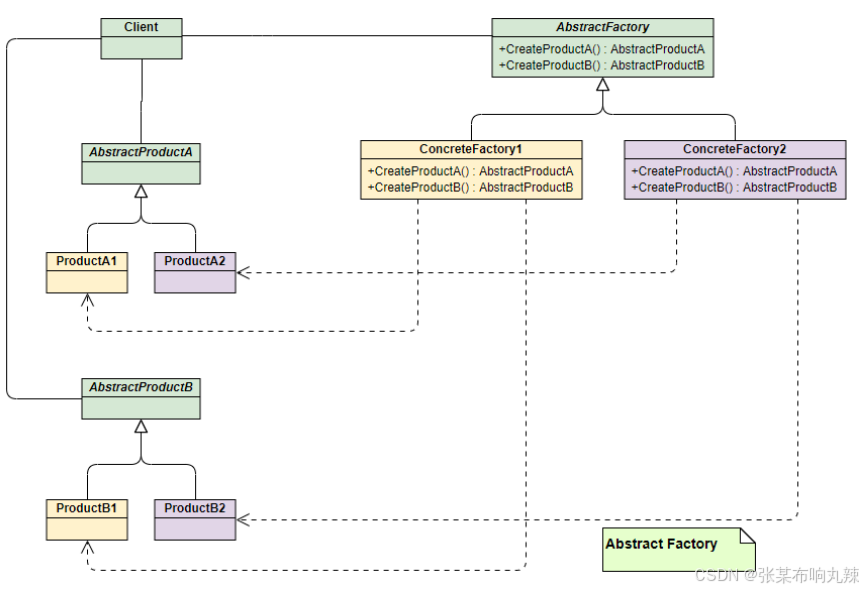
设计模式,面试级别的详解(持续更新中)
设计模式,面试级别的详解(持续更新中) 软件的设计原则 常⽤的⾯向对象设计原则包括7个,这些原则并不是孤⽴存在的,它们相互依赖,相互补充。 开闭原则(Open Closed Principle,OCP)单⼀职责原则…...

第9篇:网络访问控制与认证机制
目录 引言 9.1 访问控制策略概述 9.2 认证机制的使用 9.3 密钥分发与证书机制 9.4 访问控制与认证在网络安全中的应用 9.5 网络访问控制与认证的挑战 9.6 总结 第9篇:网络访问控制与认证机制 引言 随着计算机网络的不断普及,安全问题日益受到关…...
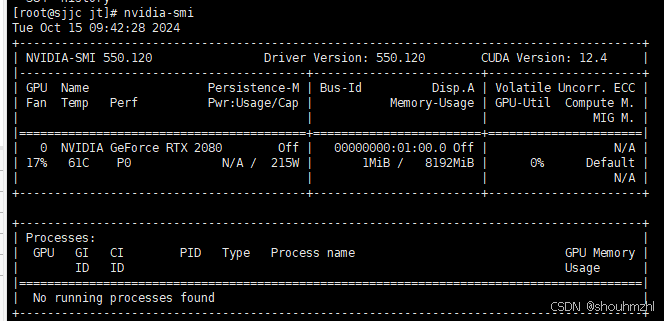
CentOS安装NVIDIA驱动、CUDA以及nvidia-container-toolkit
0.提前准备 0.1.更新yum源(以阿里为例) 0.1.1 备份当前的yum源 mv /etc/yum.repos.d/CentOS-Base.repo /etc/yum.repos.d/CentOS-Base.repo.backup 0.1.2 下载新的CentOS-Base.repo 到/etc/yum.repos.d/ CentOS 5 wget -O /etc/yum.repos.d/CentOS-Base…...
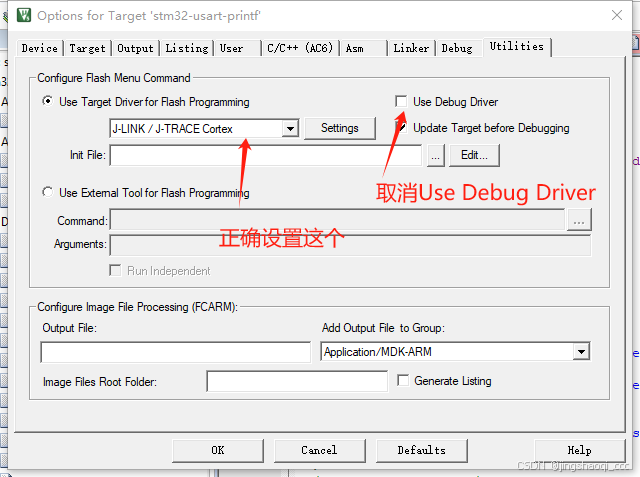
STM32调试,发现HAL_Init();之后无法调试,甚至无法让程序停下来
参考文档: STM32调试,发现HAL_Init();之后无法调试,甚至无法让程序停下来 - asml - 博客园 症状 最近开始学习STM32Cube,发现新建工程后无法正常调试,过了HAL_Init();之后就无法继续调试了. 无法进行让程序暂停以及停止等操作.并在输出窗口不断刷出 ERROR: Can n…...
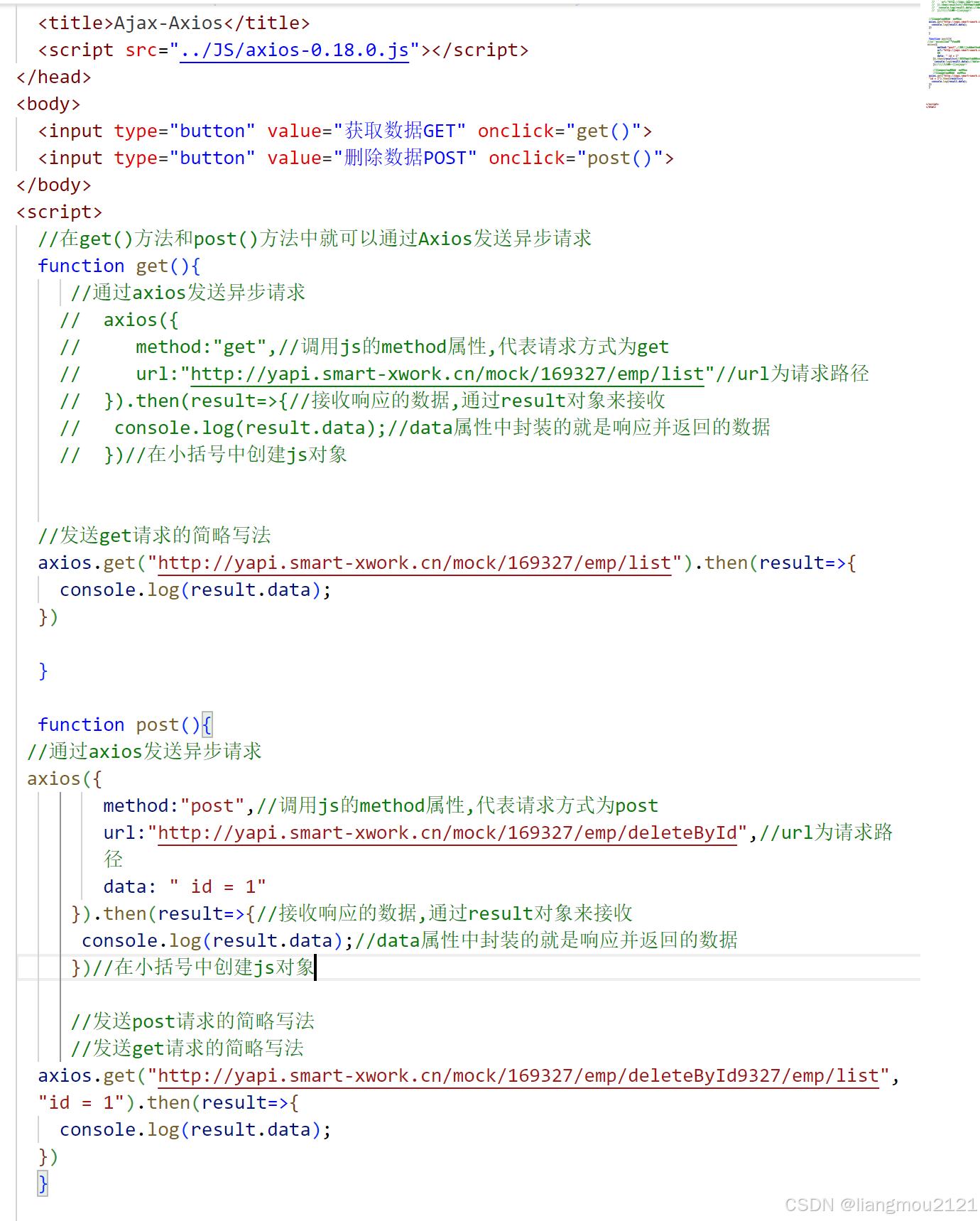
Ajax(web笔记)
文章目录 1.Ajax的概念2.Ajax 的作用3.原生Ajax4.Axios4.1Axios的概念4.2Axios入门 1.Ajax的概念 AsynchronousJavaScriptAndXML,异步的JavaScript和XML 2.Ajax 的作用 数据交换:过Ajax可以给服务器发送请求,并获取服务器响应的数据。异步交互:可以在…...

多入口+vite+vue3预渲染方案
如果你的项目要求加载速度要快,我们如果使用传统的vue3+sfc模式去开发,因为只有一个根节点,空白页面加载出来之后js才回去加载组件渲染,这样页面总是有一个短暂的空白。我们这里不讨论服务器端ssr和预渲染方案,仅仅是为了满足比较极端的优化需求,在这种情况下我的这套方案…...
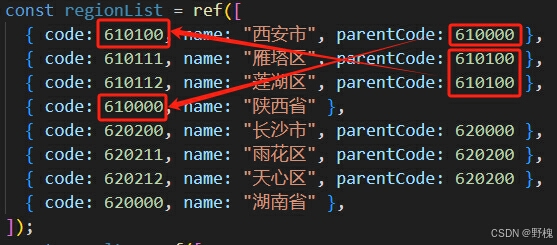
Vue3+Ts函数封装与应用
目录 一、基础函数 二、实际应用 2.1、根据id找到对应的value值(找第一个) 2.2、根据id找到对应的value值(找所有) 2.3、不重复的升序数组找数字(二分查找) 2.4、重复的无序数组找数字(统计个数) 2.5、将数组整理为树结构(省市区为例) 为什么要积累呢?因为面…...

C语言全局变量和局部变量同时应用的题题型[求一堆数组中10个学生的成绩里最高分、最低分和平均分。]
C语言函数 全局变量与局部结合变量题。 本片代码中包含全局变量max和min。 以及局部变量aver。 全局变量运用于从定义变量开始,局部变量运用于定义它的调用函数内。 正文开始: #include <stdio.h> int max0,min0; int main() { int average(int array[…...
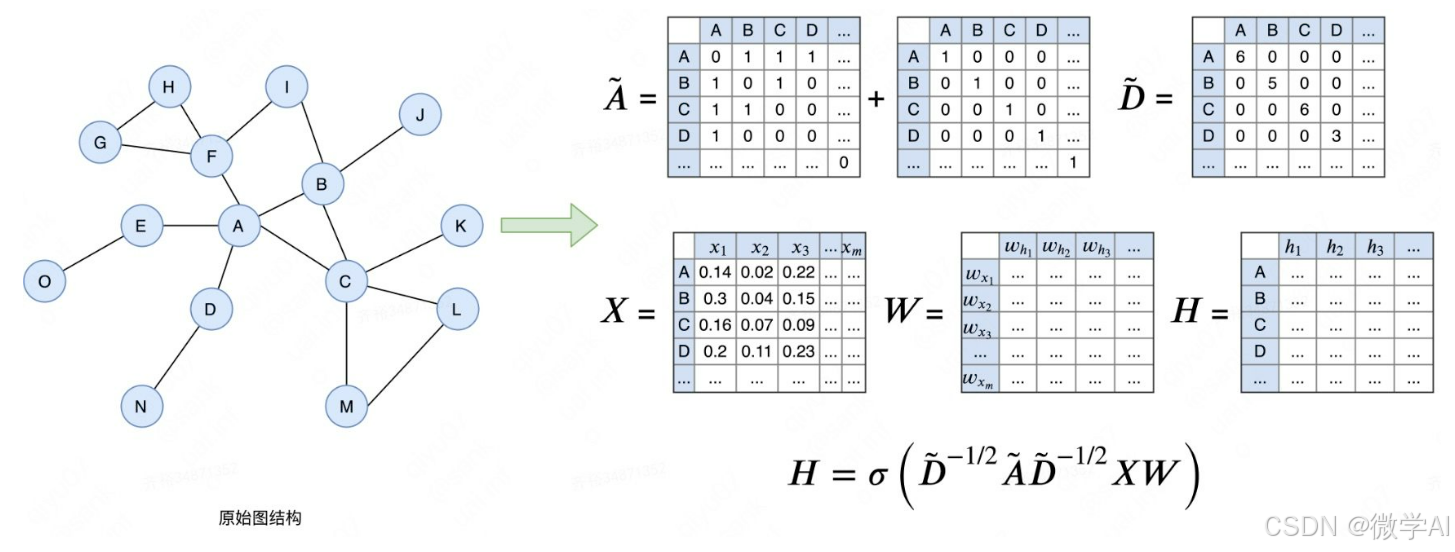
深度学习实战94-基于图卷积神经网络GCN模型的搭建以及在金融领域的场景
大家好,我是微学AI,今天给大家介绍一下深度学习实战94-基于图卷积神经网络GCN模型的搭建以及在金融领域的场景。文章首先介绍了GCN模型的原理及模型结构,随后提供了数据样例,并详细展示了实战代码。通过本文,读者可以深入了解GCN模型在金融场景下的应用,同时掌握代码的具…...

.NET 6新特性 | System.Text.Json功能改进
在.NET 6.0中,JSON处理库得到了显著的改进,主要体现在System.Text.Json上。以下是对.NET 6.0中改进的JSON处理库的详细分析: 一、System.Text.Json的引入与优势 在.NET 6中,Microsoft引入了新的JSON库System.Text.Json作为官方推…...

Matlab如何对全局优化算法启动并行计算
在 MATLAB 中,启用并行计算可以显著提高一些优化算法(如遗传算法 ga 和粒子群算法 particleswarm)的速度,特别是在种群或粒子群较大时。要启用并行计算,可以使用 UseParallel 参数。 1. 启用并行计算步骤 Step 1: 检…...
)
MYSQL-查看数据库中的存储过程语法(六)
13.7.5.9 SHOW CREATE PROCEDURE 语句 SHOW CREATE PROCEDURE proc_name此语句是 MySQL 扩展。它返回确切的字符串 ,可用于重新创建命名的存储过程。SHOW CREATE FUNCTION,显示有关存储函数的信息 (参见第 13.7.5.8 节“ SHOW CREATE FUNCTI…...
--模型部署 <连接客户端与服务端>)
【深度学习】(12)--模型部署 <连接客户端与服务端>
文章目录 模型部署一、模型部署的定义与目的二、模型部署的步骤三、模型部署的方式四、Flask框架五、实现模型部署1. 搭建服务端1.1 初始化Flask app1.2 加载模型1.3 数据预处理1.4 构建装饰器1.5 完整代码 2. 搭建客户端2.1 服务端网址2.2 发送请求2.3 完整代码 六、运行使用 …...

优化SQL查询的最佳实践:提升数据库性能的关键
SQL 查询是数据库操作的核心,特别是当数据量庞大时,性能问题尤为明显。优化 SQL 查询不仅能减少响应时间,还能提高系统整体的可伸缩性。本文将从索引、查询结构、数据库设计和缓存等方面详细介绍如何优化 SQL 查询以提升性能。 一、索引的使…...

【AIGC视频生成】视频扩散模型(综述+最新进展)
文章目录 一、综述1.1 扩散模型1.1.1 Denoising Diffusion Probabilistic Models (DDPMs)1.1.2 Score-Based Generative Models (SGMs)1.1.3 Stochastic Differential Equations (Score SDEs) 1.2 相关任务1.3 数据集1.4 评价指标 二、年度进展1.runway gen2.1 Gen-1࿱…...
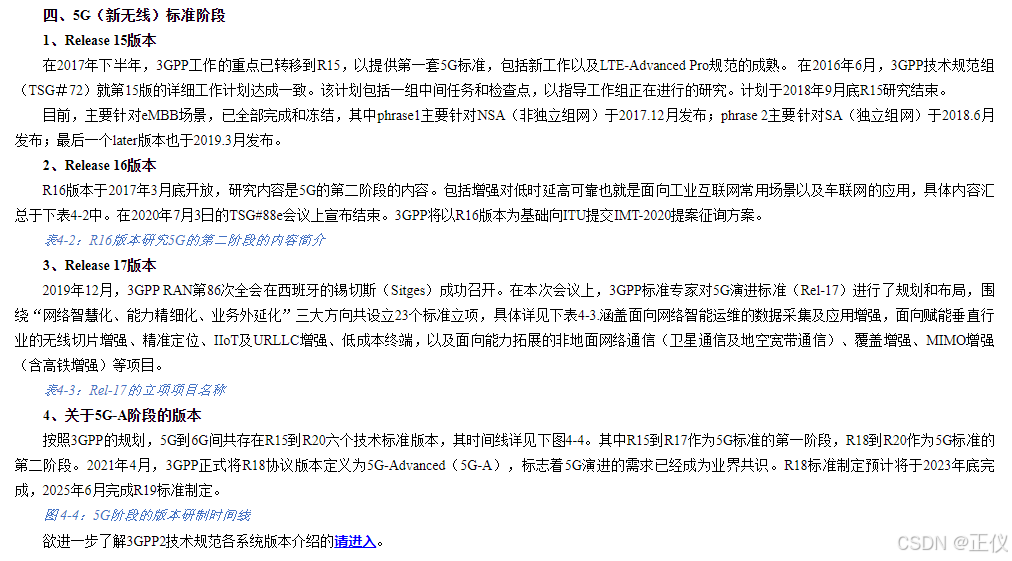
如何下载3GPP协议?
一、进入3GPP网页 https://www.3gpp.org/ 二、点击“Specifications &Technologies” 三、点击“FTP Server” 网址: https://www.3gpp.org/specifications-technologies 四、找到“latest”,查看最新版 网址: https://www.3gpp.org/ftp…...
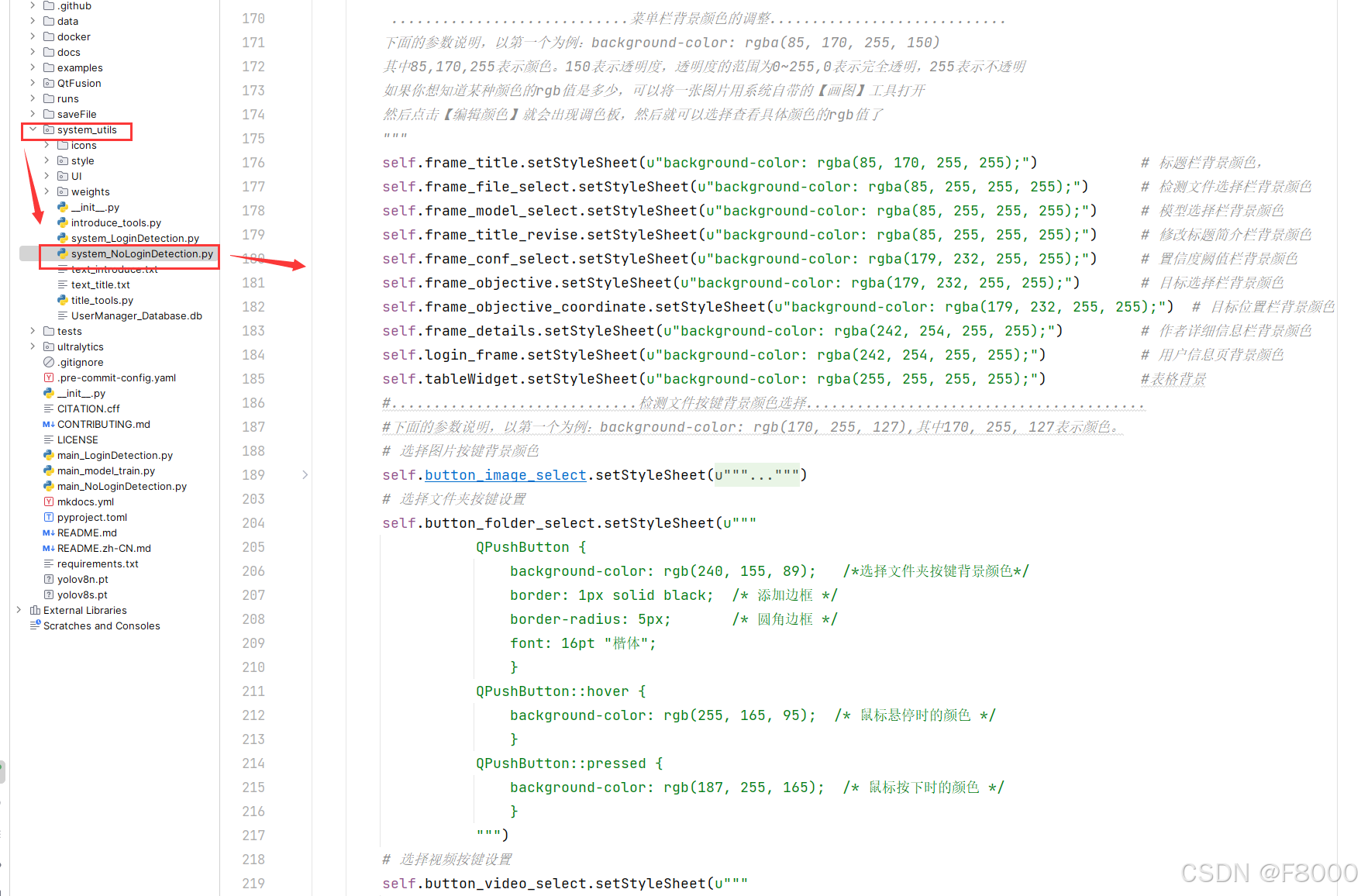
目标检测系统操作说明【用户使用指南】(python+pyside6界面+系统源码+可训练的数据集+也完成的训练模型)
1.100多种【基于YOLOv8/v10/v11的目标检测系统】目录(pythonpyside6界面系统源码可训练的数据集也完成的训练模型) 2.目标检测系统【环境搭建过程】(GPU版本) 3.目标检测系统【环境详细配置过程】(CPU版本࿰…...

Vue中使用路由
目录 单页应用程序:SPA - Single Page Application路由 VueRouterVueRouter使用步骤组件存放目录问题 路由模块封装声明式导航 - 导航连接两个类名自定义匹配类名 声明式导航 - 跳转传参Vue路由 - 重定向Vue路由 - 404Vue路由 - 模式设置 编程式导航 - 基本跳转编程…...
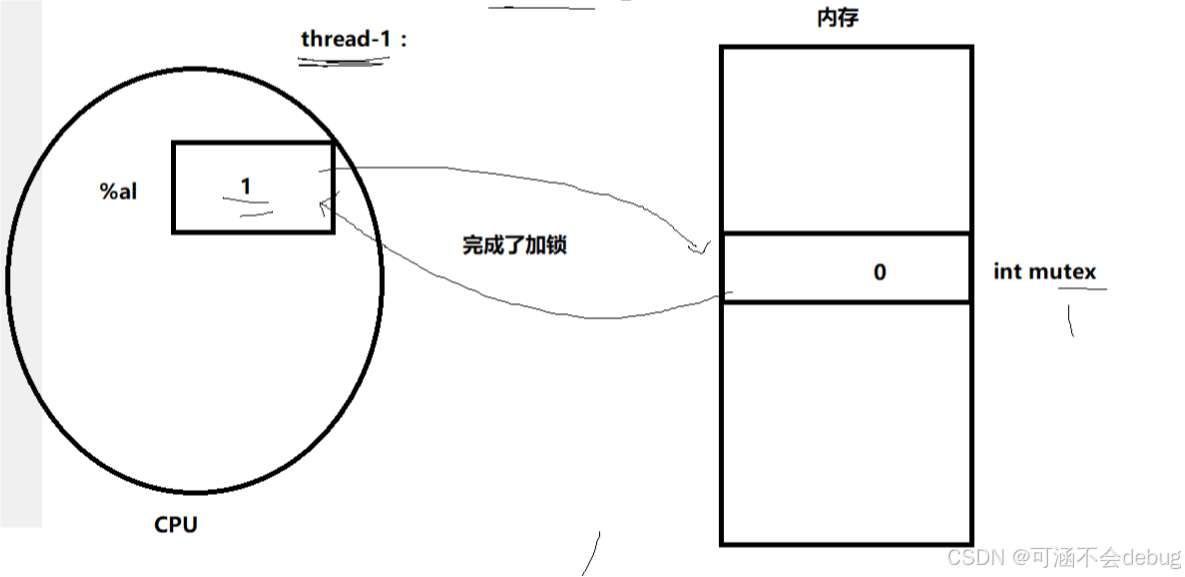
【Linux】多线程安全之道:互斥、加锁技术与底层原理
目录 1.线程的互斥 1.1.进程线程间的互斥相关背景概念 1.2.互斥量mutex的基本概念 所以多线程之间为什么要有互斥? 为什么抢票会抢到负数,无法获得正确结果? 为什么--操作不是原子性的呢? 解决方式: 2.三种加锁…...
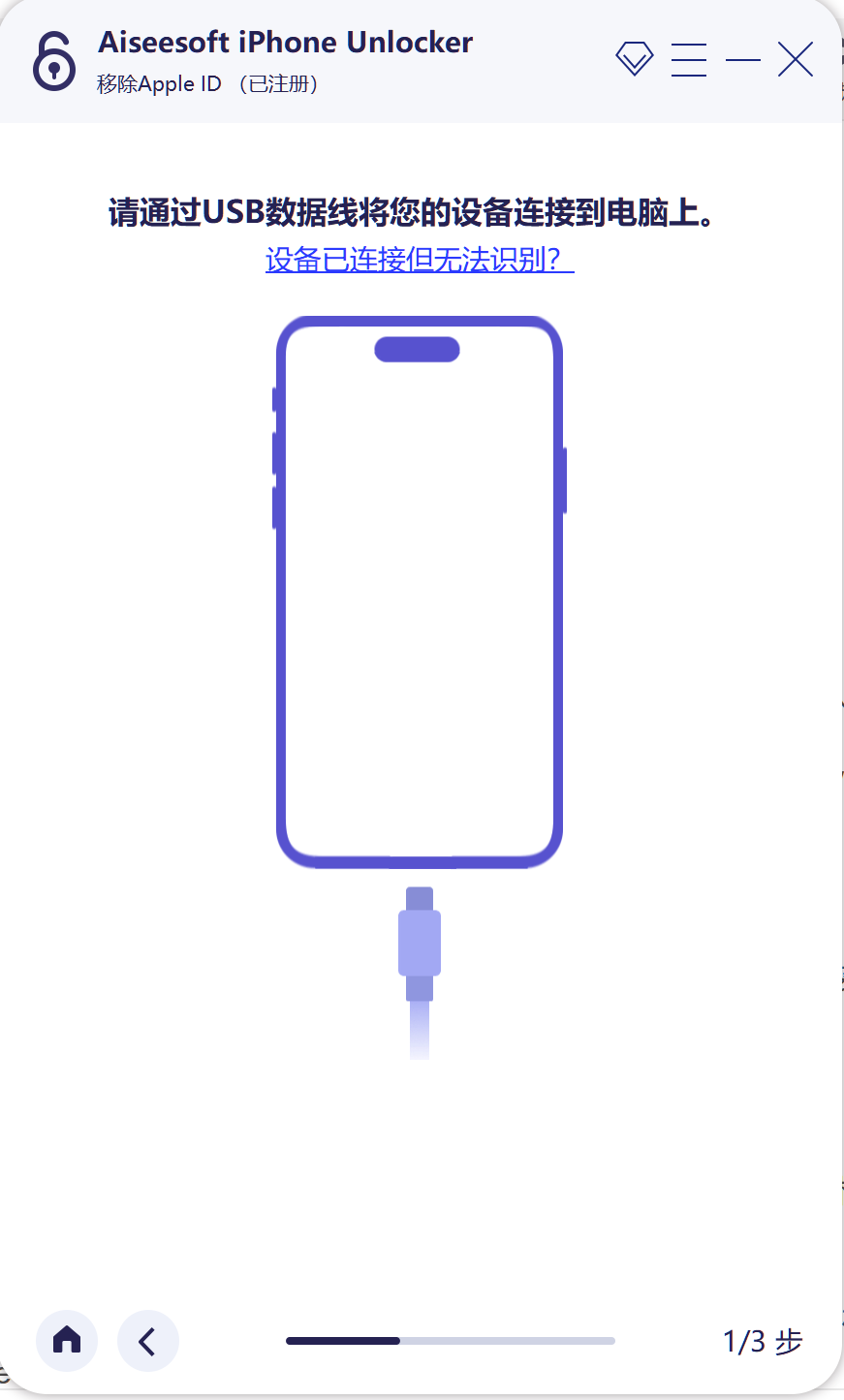
iPhone密码忘记了办?iPhoneUnlocker,iPhone解锁工具Aiseesoft iPhone Unlocker 高级注册版分享
平时用 iPhone 的时候,难免会碰到解锁的麻烦事。比如密码忘了、人脸识别 / 指纹识别突然不灵,或者买了二手 iPhone 却被原来的 iCloud 账号锁住,这时候就需要靠谱的解锁工具来帮忙了。Aiseesoft iPhone Unlocker 就是专门解决这些问题的软件&…...

Linux简单的操作
ls ls 查看当前目录 ll 查看详细内容 ls -a 查看所有的内容 ls --help 查看方法文档 pwd pwd 查看当前路径 cd cd 转路径 cd .. 转上一级路径 cd 名 转换路径 …...
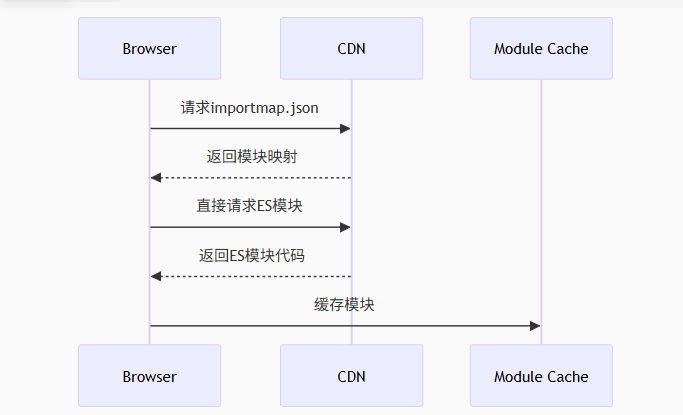
Module Federation 和 Native Federation 的比较
前言 Module Federation 是 Webpack 5 引入的微前端架构方案,允许不同独立构建的应用在运行时动态共享模块。 Native Federation 是 Angular 官方基于 Module Federation 理念实现的专为 Angular 优化的微前端方案。 概念解析 Module Federation (模块联邦) Modul…...

HTML前端开发:JavaScript 常用事件详解
作为前端开发的核心,JavaScript 事件是用户与网页交互的基础。以下是常见事件的详细说明和用法示例: 1. onclick - 点击事件 当元素被单击时触发(左键点击) button.onclick function() {alert("按钮被点击了!&…...

CRMEB 框架中 PHP 上传扩展开发:涵盖本地上传及阿里云 OSS、腾讯云 COS、七牛云
目前已有本地上传、阿里云OSS上传、腾讯云COS上传、七牛云上传扩展 扩展入口文件 文件目录 crmeb\services\upload\Upload.php namespace crmeb\services\upload;use crmeb\basic\BaseManager; use think\facade\Config;/*** Class Upload* package crmeb\services\upload* …...

OpenPrompt 和直接对提示词的嵌入向量进行训练有什么区别
OpenPrompt 和直接对提示词的嵌入向量进行训练有什么区别 直接训练提示词嵌入向量的核心区别 您提到的代码: prompt_embedding = initial_embedding.clone().requires_grad_(True) optimizer = torch.optim.Adam([prompt_embedding...

SpringTask-03.入门案例
一.入门案例 启动类: package com.sky;import lombok.extern.slf4j.Slf4j; import org.springframework.boot.SpringApplication; import org.springframework.boot.autoconfigure.SpringBootApplication; import org.springframework.cache.annotation.EnableCach…...

USB Over IP专用硬件的5个特点
USB over IP技术通过将USB协议数据封装在标准TCP/IP网络数据包中,从根本上改变了USB连接。这允许客户端通过局域网或广域网远程访问和控制物理连接到服务器的USB设备(如专用硬件设备),从而消除了直接物理连接的需要。USB over IP的…...
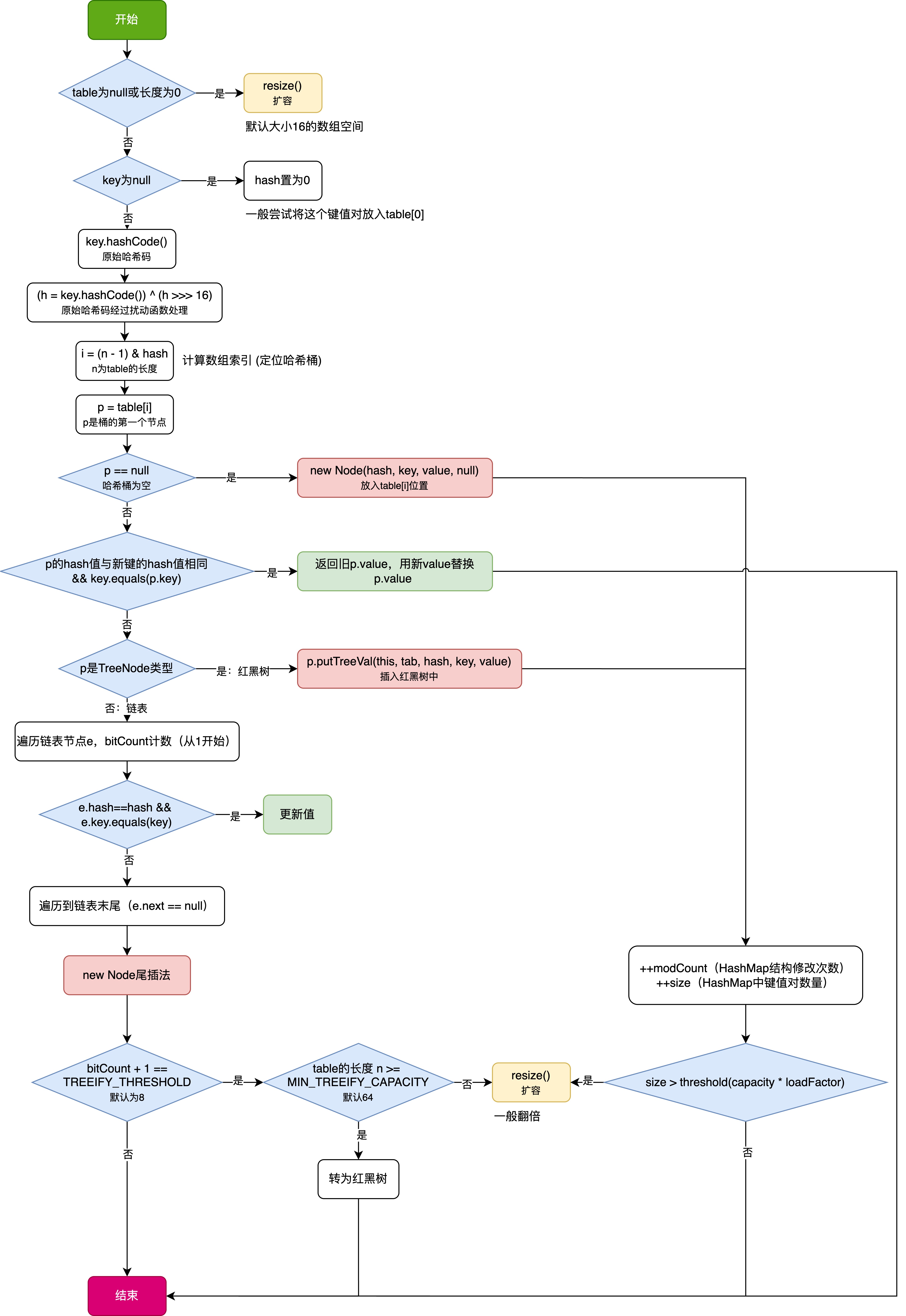
HashMap中的put方法执行流程(流程图)
1 put操作整体流程 HashMap 的 put 操作是其最核心的功能之一。在 JDK 1.8 及以后版本中,其主要逻辑封装在 putVal 这个内部方法中。整个过程大致如下: 初始判断与哈希计算: 首先,putVal 方法会检查当前的 table(也就…...
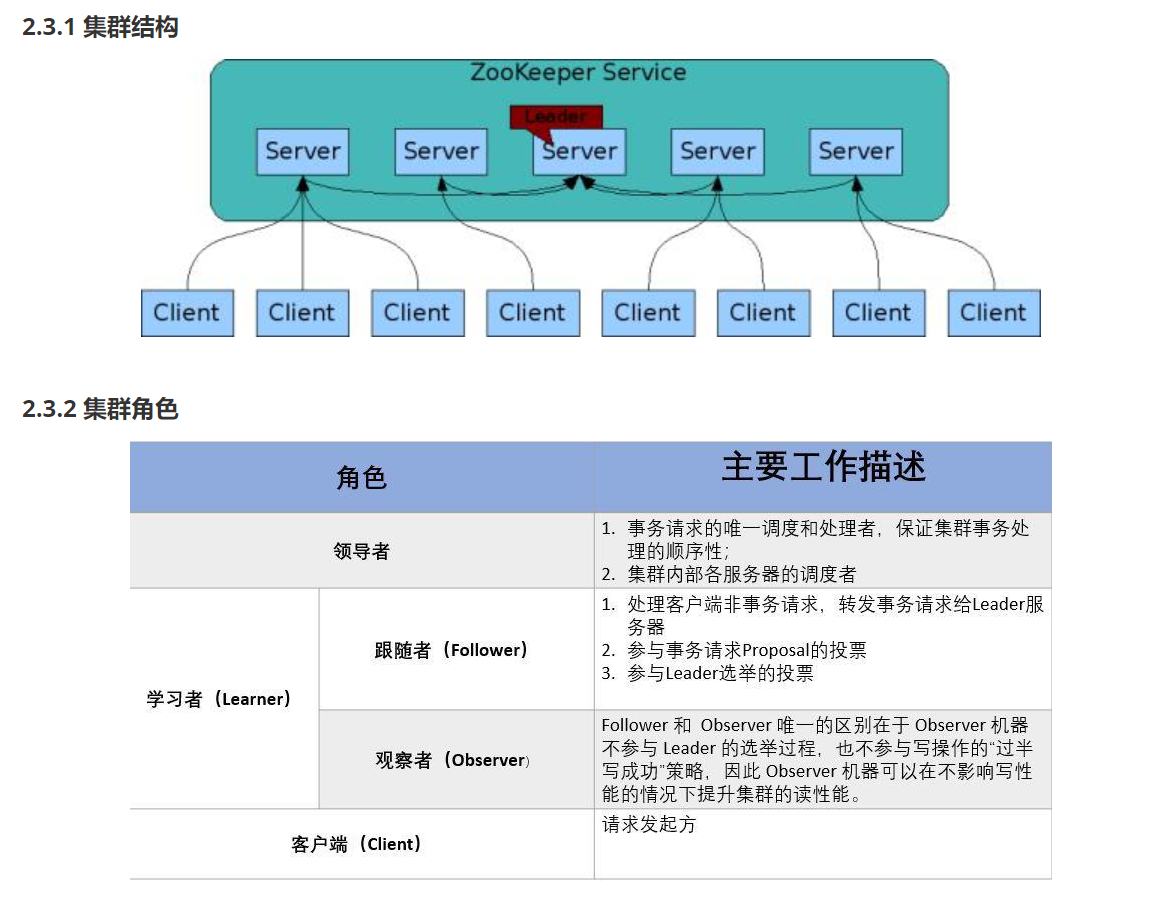
HDFS分布式存储 zookeeper
hadoop介绍 狭义上hadoop是指apache的一款开源软件 用java语言实现开源框架,允许使用简单的变成模型跨计算机对大型集群进行分布式处理(1.海量的数据存储 2.海量数据的计算)Hadoop核心组件 hdfs(分布式文件存储系统)&a…...
